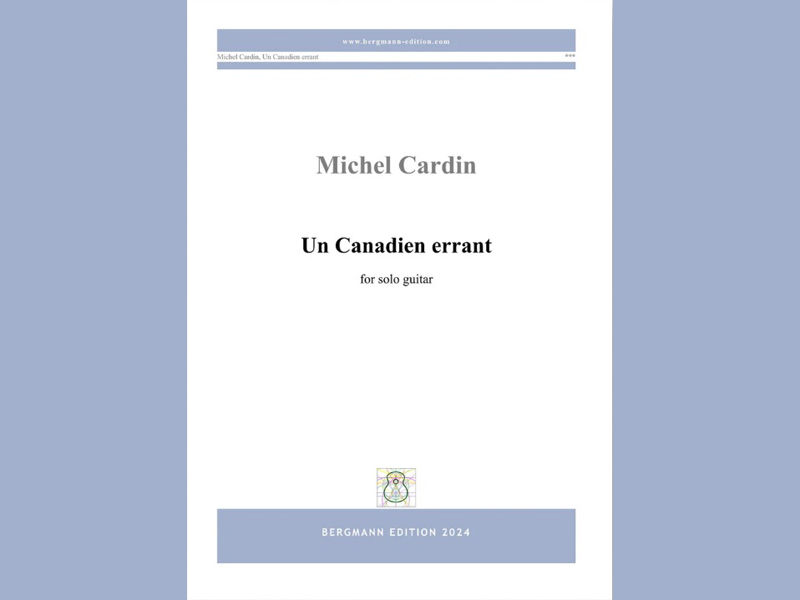J.S. Bach : arr. Andrea de Vitis : Suite BWV 823 : DOz
- chrisdumigan
- Aug 9, 2023
- 3 min read

J.S. Bach: arr. Andrea de Vitis
Les Productions D’Oz: 7 pages
Let me first say that I love Bach on the guitar, whether it be the Lute suites, or the cello, or violin suites and partitas, and the many other pieces that, over the years I have seen arranged for our instrument. So to find a new piece that I had previously never heard of was exciting.
This suite was written out by Bach’s pupil Johann Peter Kellner in the only surviving manuscript. It is only three movements in length, but the musical authorities believe it to be complete. It is assumed it was for keyboard, although others believe that the apparent lack of a lot of counterpoint might mean that it could have been written for the lute. It was originally in Fm, but, thankfully now has been arranged in the much friendlier key of Bm.
The first movement is a Prelude that for two lines only breaks into two staves to accommodate the part – writing. Full of semi- quavers and demi – semi- quavers, this is not an easy piece by any means but then Bach rarely is! What does happen on a few occasions is the way that some of the notes cannot be held for the written length whilst the player is playing the rest of the parts This is not a huge problem in that sense, but it just shows how some of this music just doesn’t fit correctly on the guitar quite the way it should. Take bar 11, where there is a top voice D is being held on string 2 with the first at the same time as an open B on the same string is being played in the middle voice. Or bar 13 where the top G on string 1, held with the 2nd finger, ties over to bar 14, whilst the second finger is being played on another string at the same time. The top G that was being held over is now still tied over, whilst the position moves to fret 6. So you can see that some of the fingerings etc. are not possible the way the arranger has written them. There are more than this too, but I will leave it at that for the purpose of this review.
The second Movement is a Sarabande, where in Bar 2 you have to hold a C# second string for the entire bar , whilst , at beat three play three lower notes in the fourth position , on frets 4 and 6. Again, this is simply not possible. I would have much preferred the arrangement to show, what could be played, along with perhaps a footnote explaining just what the manuscript originally wanted. Again there are several more places where impossible note – lengths and fingerings are written.
The finale is a Gigue which is lighter in texture, consists of only 2 voices throughout and is much more playable in its written form.
It’s a shame that I found so many apparent errors, or impossible parts of the arrangement in the first two movements, because this piece, like all Bach is wonderful music, but I would like to see an arrangement where what you see is what you can achieve, if you practise well enough, And there are unfortunately a few places here, where that simply doesn’t happen.
Chris Dumigan




Comments